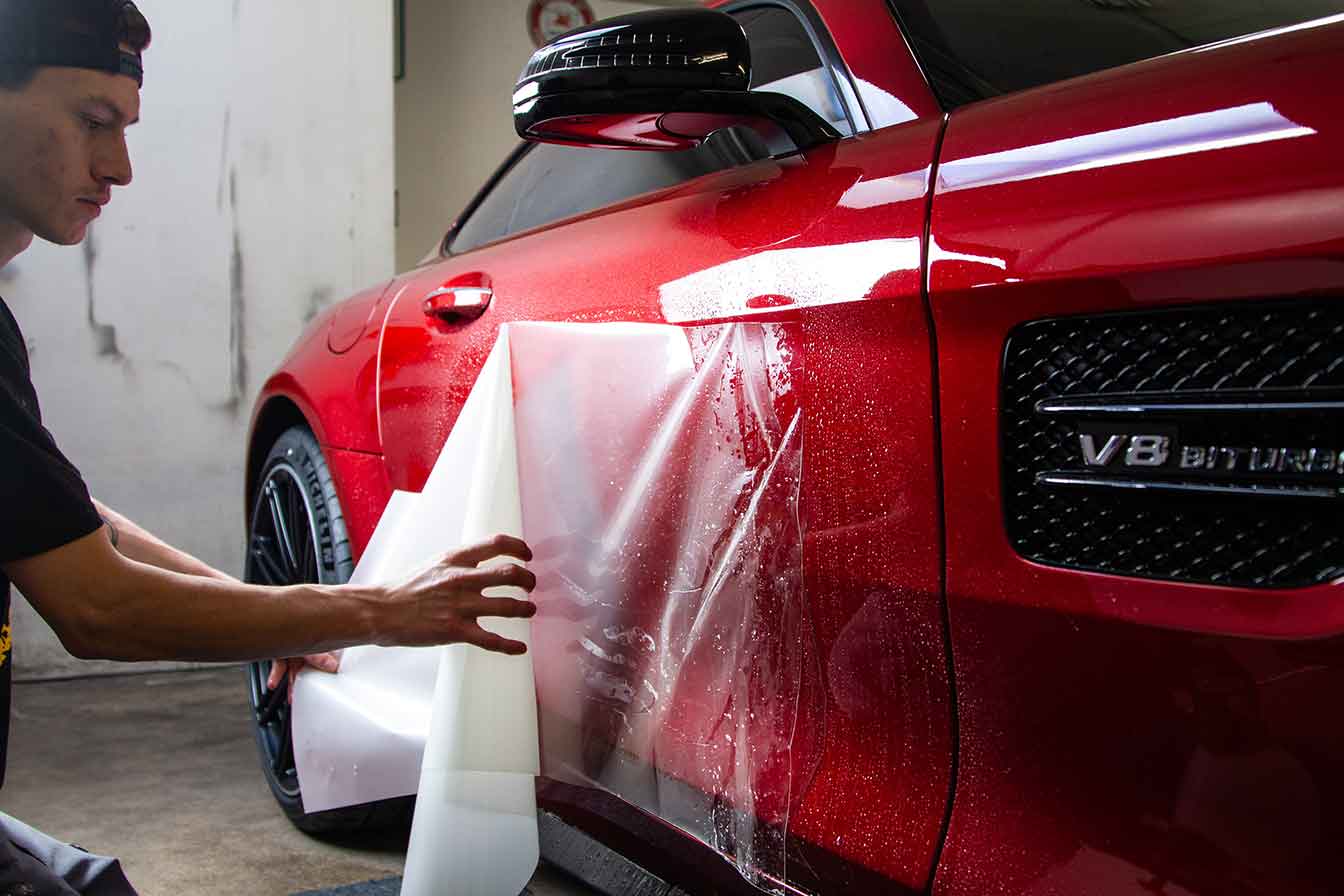Protect your car with durable paint protection film for maximum scratch resistance.
Protect your car with durable paint protection film for maximum scratch resistance.
Blog Article
A Comprehensive Guide to the Kinds of Ceramic Layer on the Market
Ceramic finishes have arised as an essential solution across various industries due to their unique residential or commercial properties and applications. From silica-based formulas recognized for their toughness to hybrid alternatives that combine numerous benefits, the options offered can be overwhelming. Comprehending the subtleties of each kind, including their specific benefits and excellent use situations, is necessary for making notified choices. As we check out the distinctive features and applications of these coatings, the implications for performance and long life become significantly obvious, increasing questions about which kind might best match your demands.
Recognizing Ceramic Coatings
Ceramic coverings are innovative protective services that have gotten appeal in numerous industries, particularly in automobile and aerospace applications. These layers are composed of a liquid polymer that, when cured, forms a sturdy, hydrophobic layer externally of the substratum. This layer offers boosted resistance to ecological impurities, UV radiation, and chemical direct exposure, thus expanding the life and visual charm of the underlying product.
The essential part of ceramic coverings is silica, which adds to their hardness and durability. The application procedure normally includes surface area prep work, application of the finishing, and curing, which can be attained through warmth or UV light. Once treated, ceramic finishes show remarkable bonding properties, enabling them to adhere highly to a variety of surface areas, including steels, plastics, and glass.
In addition to their safety functions, ceramic coverings likewise use convenience of upkeep. Their hydrophobic nature decreases the adherence of dirt and gunk, making cleaning simpler and much less constant. On the whole, the fostering of ceramic coatings represents a substantial advancement in surface area defense innovation, giving both functional and visual advantages across numerous fields.
Sorts Of Ceramic Coatings
Various kinds of ceramic layers are offered, each created to satisfy particular efficiency needs and applications - Auto Detailing. The most usual kinds include:
Silica-based Coatings: These finishes mainly are composed of silicon dioxide and are known for their toughness and chemical resistance. They are widely used in automobile and industrial applications.
Titanium Dioxide Coatings: Renowned for their photocatalytic homes, titanium dioxide coatings are frequently used in atmospheres where self-cleaning and antifungal residential or commercial properties are desirable, such as in structure materials and automotive finishes.
Zirconia Coatings: Defined by their high-temperature security and thermal resistance, zirconia coverings are used in applications such as turbine engines and high-performance automobile components.
Alumina Coatings: Exhibiting exceptional hardness and thermal security, alumina coverings are regularly used in wear-resistant applications, including cutting tools and industrial equipment. - scratch repair sarasota
Crossbreed Coatings: Integrating the residential or commercial properties of different materials, hybrid finishes offer boosted efficiency characteristics, making them ideal for one-of-a-kind and demanding applications.
Each sort of ceramic layer serves unique objectives, enabling users to pick one of the most proper solution based on particular ecological conditions and efficiency requirements.
Benefits of Ceramic Coatings
Coatings play a critical function in boosting the performance and long life of surface areas across various markets. Ceramic coatings, in particular, offer countless benefits that make them significantly popular among makers and consumers alike. Among the main advantages is their phenomenal resilience. These finishes are immune to scratches, chemicals, and UV rays, making certain that the underlying surface continues to be safeguarded gradually.
In enhancement to resilience, ceramic coverings provide outstanding hydrophobic residential properties, enabling simple cleaning and maintenance. This water-repellent nature lessens the adherence of dirt, gunk, and various other impurities, which read this article can extend the Bonuses visual allure and functionality of the surface area. Ceramic coverings can dramatically boost thermal resistance, making them suitable for applications that endure high temperature levels.

Application Refine
When using ceramic finishes, a meticulous strategy is vital to attain optimum outcomes. A tidy surface makes sure proper bond of the coating.
When the surface area is prepped, the next action is to use the ceramic layer. This can be done using an applicator pad or a microfiber fabric, ensuring also protection. It is vital to operate in little areas to preserve control and prevent premature treating. The covering should be applied in slim layers, as thicker applications can cause unequal surfaces.
After application, the coating requires a details healing time, typically varying from a couple of hours to a full day, depending upon the product. Throughout this time around, it is crucial to avoid exposure to wetness or pollutants. A mild buffing might be necessary after curing to enhance the gloss and remove any kind of high places. Complying with these actions vigilantly will make continue reading this the most of the performance and long life of the ceramic finish, providing a durable safety layer for the surface.
Maintenance and Durability
To ensure the durability and effectiveness of a ceramic finish, normal maintenance is vital. Ceramic finishings, known for their resilience and safety qualities, require certain care routines to optimize their lifespan and performance.
In addition to regular washing, periodic examinations are vital. Try to find signs of wear or damage, such as hydrophobic residential properties lessening or surface area flaws. If needed, a light gloss may be put on revitalize the covering without removing it away.
Additionally, the application of a booster spray can improve the coating's hydrophobic effects and restore its gloss. This is specifically beneficial for coverings that have been in use for a prolonged period. Inevitably, by sticking to these maintenance practices, one can substantially prolong the life of a ceramic coating, making certain that it remains to supply ideal protection versus ecological elements and maintain the visual appeal of the vehicle.
Conclusion

Report this page